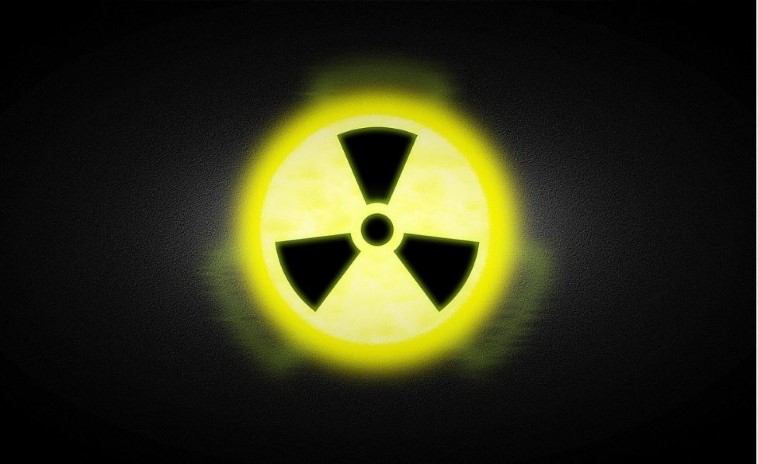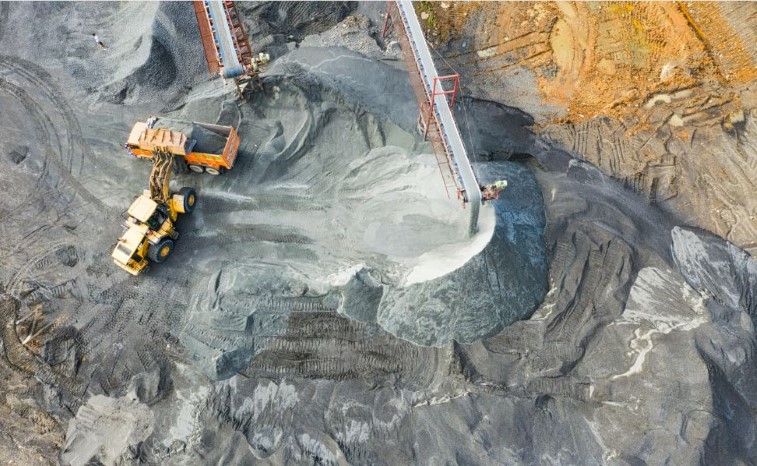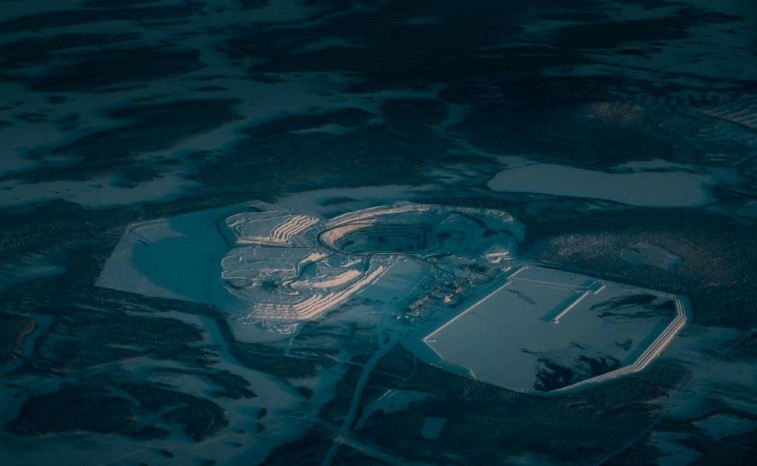Evidence of early eukaryotic multicellular life

Recent findings in Gabon, Africa suggest that complex multicellular life may have appeared much earlier than the oldest known complex multicellular organisms dating back to the Ediacaran period (about 635-541 million years ago).
The proposal, which was put forward about 10 years ago, suggests the existence of complex multicellular life as early as 2.1 billion years ago, which is as much as 1.5 billion years before the currently known emergence of complex life.
The potential implications of this proposal suggest that complex life arose and failed in a previous attempt before finally succeeding.

Another implication is the impact on exobiology (the study of potential extraterrestrial life).
Formation Francvilian B
The Franchillian B geological formation in Gabon, Africa is known for its unusual features. It is particularly significant as the location of the Oklo mine, the only known natural nuclear reactor on Earth.

Unusual three-dimensional structures have been discovered in these formations, which may be fossils of complex multicellular life.
Initial discoveries and controversies
The discovery of these structures, which resemble decorative shapes, was made in 2008 by Professor Abderazak El Albani and his team.
They cautiously suggested that these structures were potential signs of early eukaryotic (multicellular) life, 2.1 billion years old.
However, this proposal was met with skepticism and debate among scientists.
Wider attention and scientific analysis
In 2014, the Natural History Museum in Vienna categorized the structures from Gabon as a “new species of life”, which generated a lot of media attention and made the discovery more widely known.
The increased publicity led to a surge in scientific efforts to challenge the claim of early complex life. El Albani continued to defend his proposal but accepted the possibility of alternative interpretations.
Counterarguments and additional evidence
Numerous studies have appeared with counterarguments to the proposal, suggesting that the structures are simply geological formations rather than biological organisms.

However, El Albani also found additional evidence to support his hypothesis, including signs of mobility within the ancient sediment and unusual concentrations of elements such as zinc, suggesting a possible link to the biochemistry of eukaryotic cells.
The “biological bubble” hypothesis
The latest study, published in August 2024, provided a new perspective on the origin of the structures. This study highlights unique geological conditions in the Franchillian B Formation, suggesting that the collision of continental plates created underwater volcanoes, leading to a nutrient-rich “biological bubble”.
This environment, similar to the conditions present around 635 million years ago when complex life first appeared, potentially allowed the rapid evolution of early life forms.
Implications
The implications of the discovery in Gabon are in understanding of the origin of life on Earth and the possibility of life on other planets. If the Gabon structures represent a failed attempt at complex life, it suggests that Earth may have gone through a two-step evolutionary process.

This, in turn, implies that similar processes could occur on other planets, potentially leading to multiple attempts at complex life before a successful outcome is achieved.
Continued research and future opportunities
There is a need for further research to definitively determine their nature. While there is currently no definitive conclusion, there are exciting possibilities this discovery presents and its potential implications for the search for extraterrestrial life!
Want to read more about the universe? Visit our blog!

